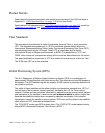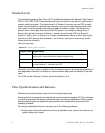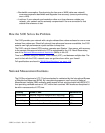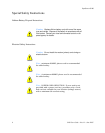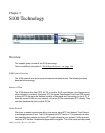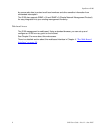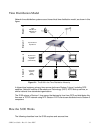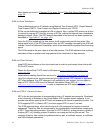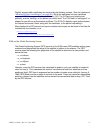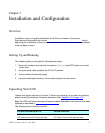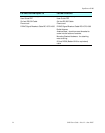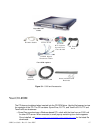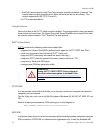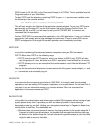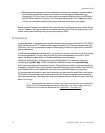
1
S100 User Guide – Rev. D – June 2005 11
2
5
3
Digitally signed public certificates are required by the Autokey protocol. (See the interface at
“Advanced: Keys/Certificates” on page 64
.) All of this data goes into your certificate
request (X.509) to a trusted Certificate Authority (CA). The CA can be an outside trust
authority, such as VeriSign, or the device can certify itself. The S100 itself is “self-signed”, or
shipped to you with an authenticated certificate. The S100 CA digitally signs (authenticates)
the request and sends it back, along with the certificate, to the person requesting it.
More details of the NTP protocol and synchronization techniques can be found in the Help file
included with the interface, or at:
•
http://www.ntp.org
•
http://www.ietf.org/rfc/rfc1305.txt
S100 and the Global Positioning System
The Global Positioning System (GPS) receiver in the S100 tracks GPS satellites as they pass
overhead and determines the range of the satellite in relation to its antenna. The GPS
receiver uses the following four properties of the satellite to determine its own position and
derive the time:
• x, or latitude
• y, or longitude
• z, or altitude
• t, or time
However, once the GPS receiver has calculated its position, only one satellite is needed to
solve for time (t). This is because the receiver has tracked at least four satellites and has
positioned itself. GPS time is expressed as the number of weeks since midnight, January 6,
1980 (GPS Week) and the number of seconds in the week. These two values are transmitted
as binary integers from the satellites and converted into conventional date or day (UTC Time)
by the GPS receiver.



